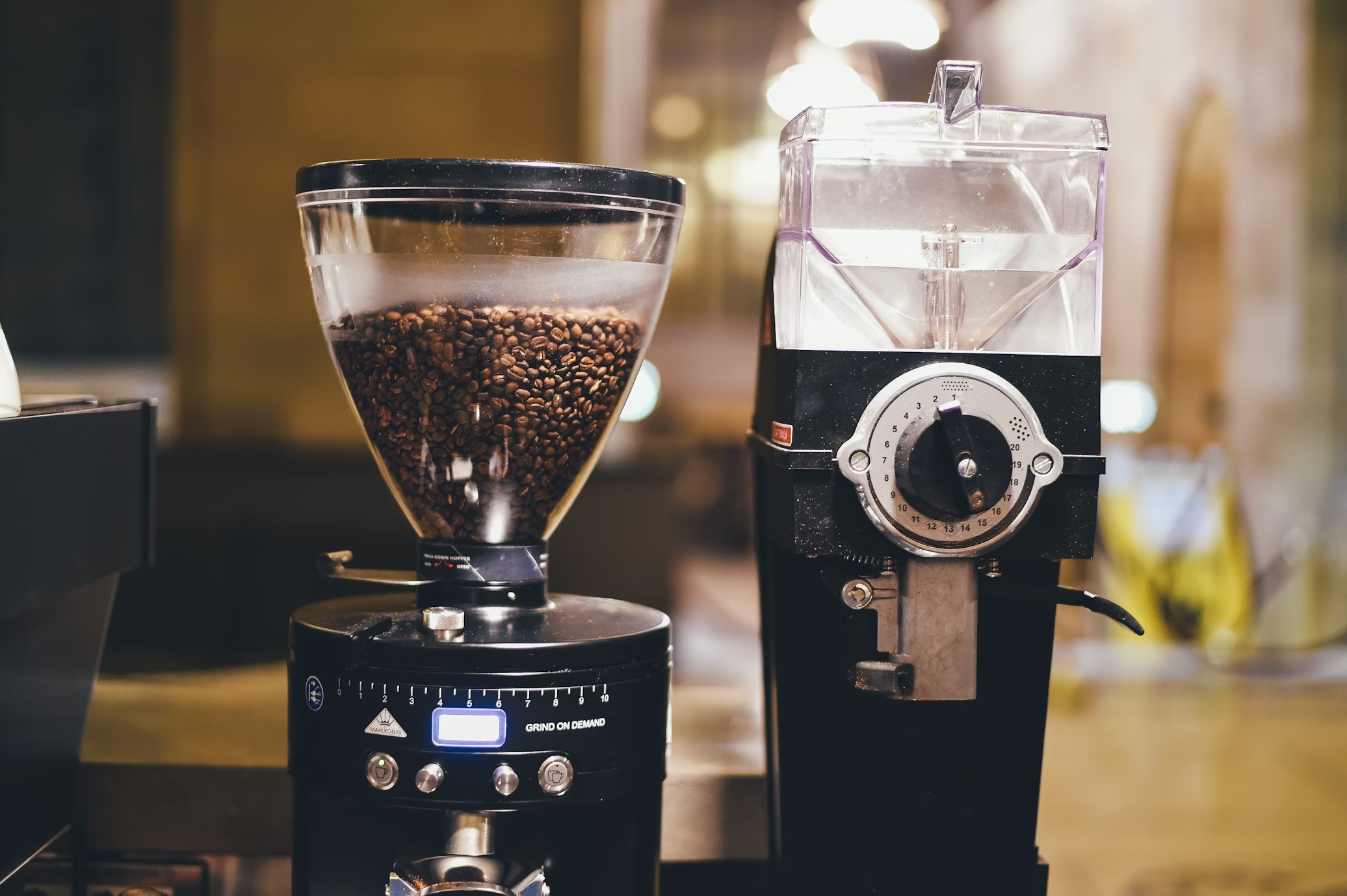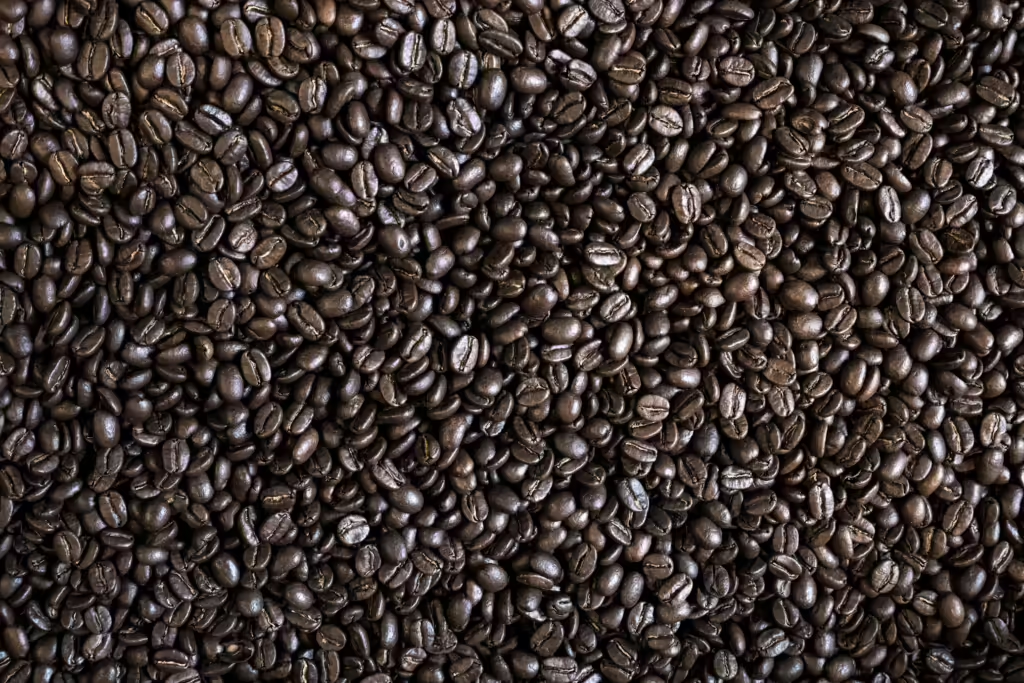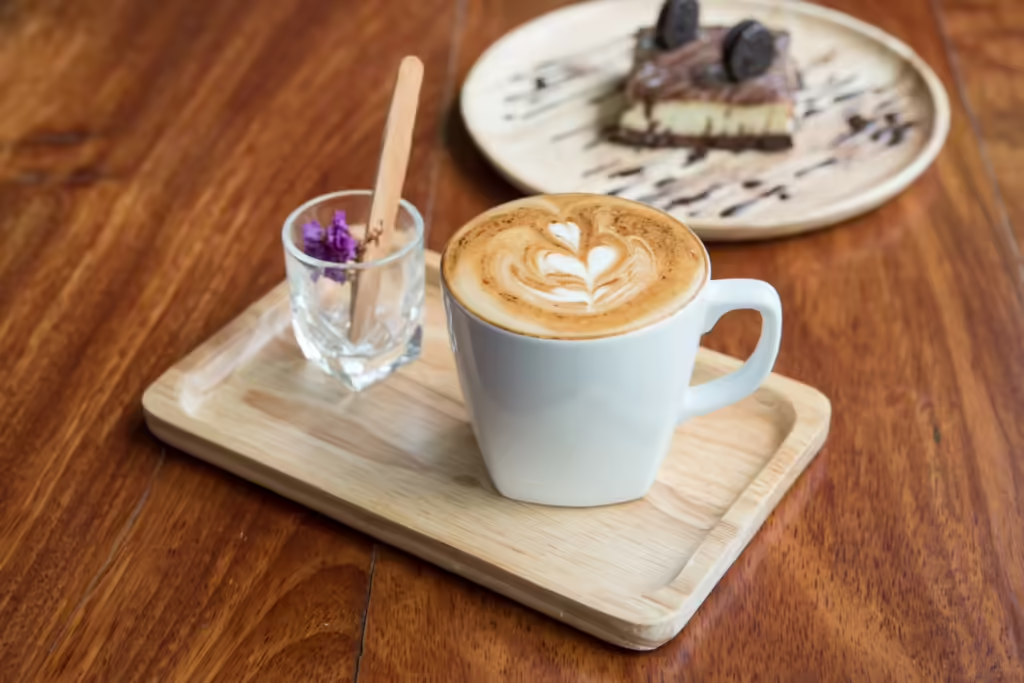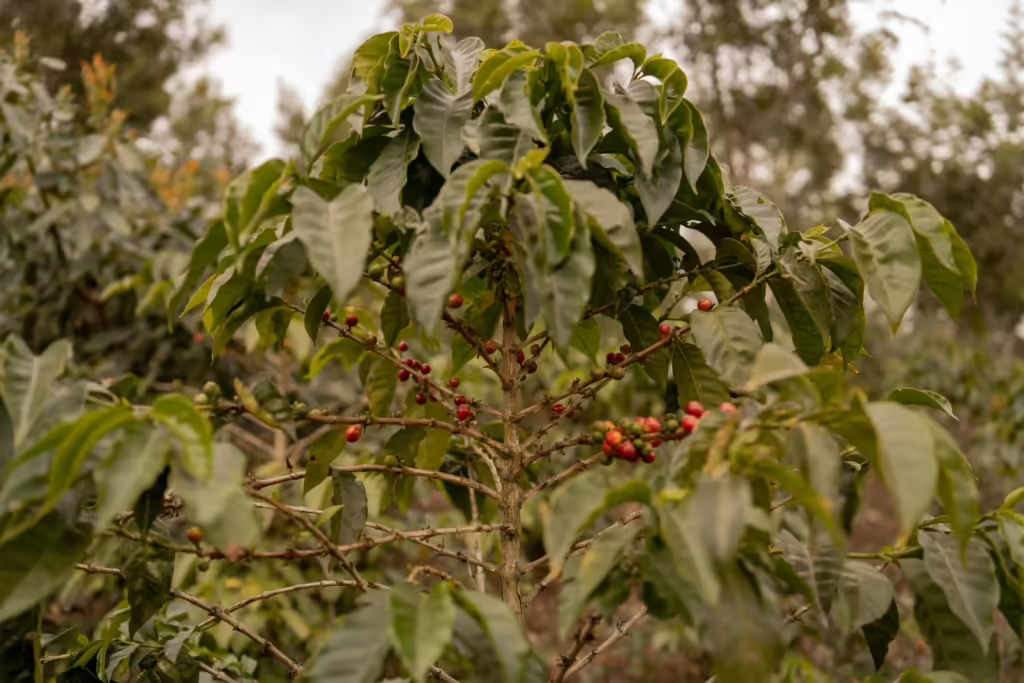
When it comes to brewing the perfect cup of coffee, many factors play a role, from the type of beans you use to the brewing method. However, one of the most overlooked but crucial elements is grind size. The grind size of your coffee beans directly impacts the flavor, strength, and extraction of your brew, making it an essential component in achieving a great cup of coffee. In this ultimate guide, we’ll explore different coffee grind sizes, why they matter, and how to choose the right grind for your brewing method.
Why Coffee Grind Size Matters
Grind size affects the extraction process, which is how water interacts with the coffee grounds to extract flavors, aromas, and oils. When coffee beans are ground, their surface area increases, allowing water to extract the soluble compounds that give coffee its distinctive taste. The finer the grind, the faster the extraction process, and the coarser the grind, the slower it occurs.
If the grind size is too fine, your coffee may become over-extracted, resulting in bitter and harsh flavors. If the grind is too coarse, the coffee may be under-extracted, leaving it weak, sour, or lacking in flavor. Finding the right grind size for your brewing method is key to balancing these factors and producing a delicious, well-rounded cup of coffee.
The Different Coffee Grind Sizes
Let’s take a look at the most common grind sizes and the brewing methods they pair with:
1. Extra Coarse Grind
- Texture: Similar to rock salt or peppercorns.
- Brewing Method: Cold Brew.
Extra coarse grind is the largest grind size, with chunky pieces of coffee beans. This grind is typically used for cold brew because the long steeping process (often 12-24 hours) allows water to slowly extract the flavors from the coarse grounds. The larger grind size prevents over-extraction and produces a smooth, mellow flavor without bitterness.
2. Coarse Grind
- Texture: Comparable to coarse sea salt.
- Brewing Method: French Press.
A coarse grind is often used for the French press method. The large particles of coffee allow for a slower extraction time during the steeping process. Coarse grounds prevent too many fine particles from slipping through the French press filter, resulting in a cleaner cup of coffee with a full-bodied flavor.
3. Medium-Coarse Grind
- Texture: Gritty, like sand or rough sugar.
- Brewing Methods: Chemex, Clever Dripper.
The medium-coarse grind works well for pour-over methods that require longer brewing times, such as the Chemex. The grind size allows water to flow through the coffee grounds more slowly, providing enough time to extract rich, complex flavors without over-extraction.
4. Medium Grind
- Texture: Similar to granulated sugar.
- Brewing Methods: Drip Coffee Makers, Siphon Brewers, Aeropress (with longer brewing times).
A medium grind is one of the most versatile grind sizes and is commonly used for drip coffee makers and siphon brewers. This grind size allows for moderate extraction, making it ideal for machines that drip hot water through the grounds. It’s a balanced grind size that provides a good blend of flavor and strength.
5. Medium-Fine Grind
- Texture: Slightly finer than granulated sugar, resembling table salt.
- Brewing Methods: Pour-Over (V60, Kalita Wave), Aeropress (with shorter brewing times).
For pour-over methods like the V60 or Kalita Wave, a medium-fine grind is often preferred. The finer grind allows for a quicker extraction time, which is necessary for these methods, as water passes through the coffee grounds more rapidly than with other brewing styles. The result is a balanced and flavorful cup with bright acidity and complexity.
6. Fine Grind
- Texture: Similar to powdered sugar or flour.
- Brewing Methods: Espresso Machines, Moka Pot.
Fine grind is most commonly used for espresso and Moka pot brewing. Because espresso is brewed under pressure, a fine grind allows the water to quickly pass through the compact coffee grounds, extracting bold flavors and producing the rich crema that espresso is known for. Similarly, a fine grind is perfect for the Moka pot, as the high heat and pressure require quick extraction to produce a concentrated, strong coffee.
7. Extra Fine Grind
- Texture: Almost powdery, finer than flour.
- Brewing Method: Turkish Coffee.
The extra fine grind, often referred to as a Turkish grind, is used for traditional Turkish coffee. In this method, the coffee is brewed directly with the water, without a filter, so the grounds must be extremely fine to dissolve into the drink. This grind produces a rich, thick coffee with a velvety texture and intense flavor.
How to Choose the Right Grind Size for Your Brewing Method
Now that you’re familiar with the different grind sizes, it’s important to match the grind to your brewing method. Here’s a quick guide to help you choose the right grind:
- Cold Brew: Extra coarse grind.
- French Press: Coarse grind.
- Chemex: Medium-coarse grind.
- Drip Coffee Maker: Medium grind.
- Aeropress: Medium-fine grind for a quick brew, medium-coarse for a longer steep.
- Espresso: Fine grind.
- Moka Pot: Fine grind.
- Turkish Coffee: Extra fine grind.
Common Mistakes with Coffee Grind Size
Even with the right grind size, there are a few common mistakes to avoid:
- Using a Universal Grind: While it might seem convenient to use a single grind size for all brewing methods, this can lead to over- or under-extracted coffee. It’s worth investing in a good grinder and adjusting the grind size based on your brewing method.
- Inconsistent Grind: If your grinder produces inconsistent grounds, it can result in uneven extraction. Invest in a burr grinder rather than a blade grinder for more consistent results. Burr grinders crush the beans evenly, allowing for better control over grind size.
- Not Adjusting for Freshness: As coffee beans age, they lose moisture and flavor. To compensate for this, you might need to adjust your grind size. For older beans, using a slightly finer grind can help extract more flavor.
The Importance of a Good Grinder
A high-quality grinder is one of the most important tools for achieving the perfect grind size. There are two main types of grinders:
- Blade Grinders: These are more affordable but often produce inconsistent grounds, which can lead to uneven extraction.
- Burr Grinders: Burr grinders are preferred for their ability to produce a consistent grind size. They work by crushing the coffee beans between two burrs, resulting in uniform grounds. Burr grinders also allow you to control the grind size more precisely, making them ideal for all brewing methods.
Conclusion
The grind size of your coffee beans plays a critical role in the flavor, strength, and overall quality of your brew. By understanding the different grind sizes and how they match with various brewing methods, you can take your coffee experience to the next level. Whether you prefer a French press, espresso, or pour-over, using the right grind size will ensure that you’re getting the best possible extraction—and the most delicious cup of coffee.
Invest in a good grinder, experiment with different grind sizes, and enjoy discovering the perfect grind for your favorite brew!




